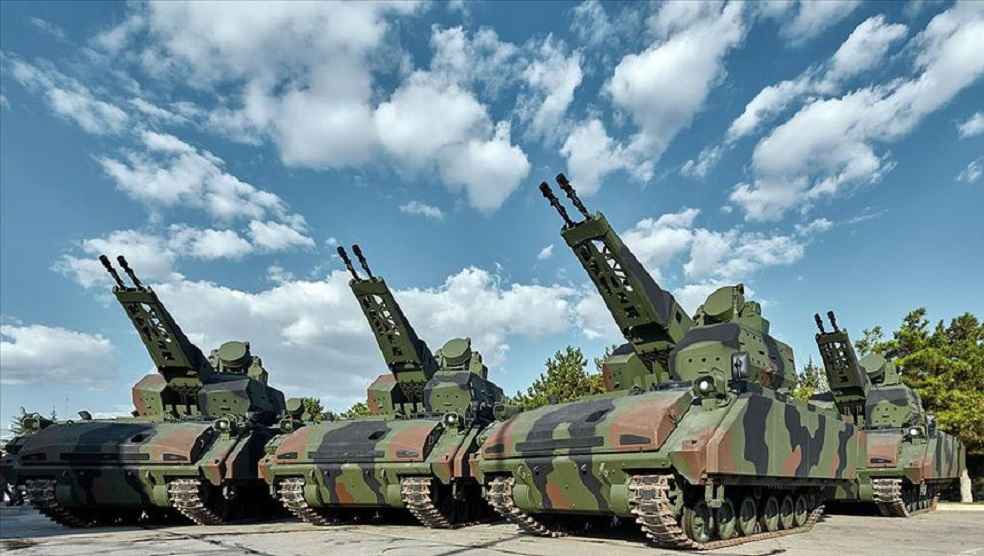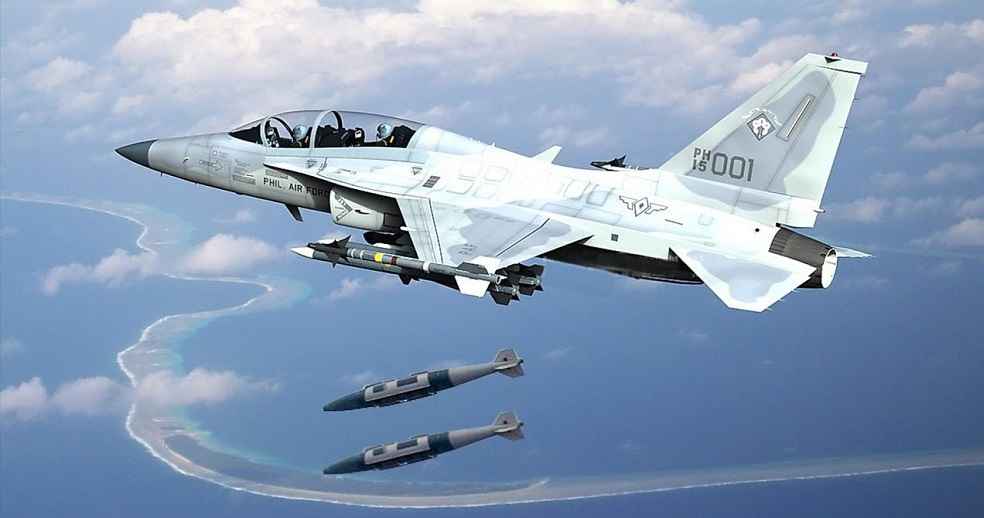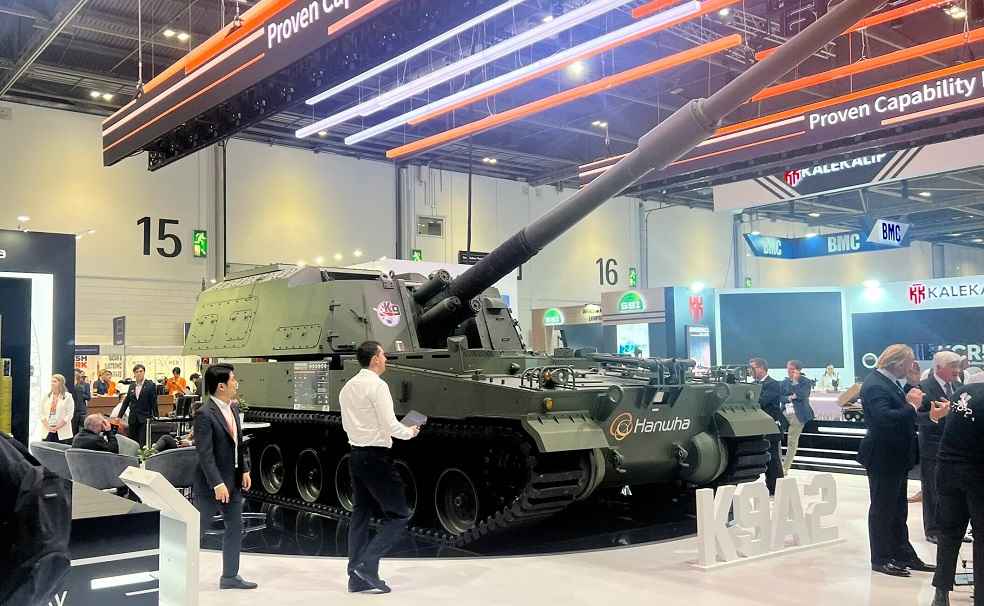Korea’s defense market is rapidly expanding on the global stage, capitalizing on the rising needs for military equipment due to geopolitical conflicts. The country’s defense exports soared to a record $17.3 billion in 2022, a drastic surge from $7.25 billion the previous year. This leap largely stemmed from a major deal with Poland, involving the purchase of K-2 tanks, K-9 howitzers, FA-50 aircraft, and K-239 rocket launchers, all aimed at strengthening Poland’s defense in the wake of the Russia-Ukraine conflict.
The ongoing war in Ukraine has fueled a global arms demand spike, positioning Korea as a burgeoning power in the arms industry. This rise comes as Russia, previously a dominant arms exporter, sees its market share wane. Korean military equipment, known for its advanced technology and cost-effectiveness, aligns well with U.S. and NATO standards, making it increasingly appealing to European markets.

Recent developments highlight Korea’s growing influence. Korea Aerospace Industries (KAI) secured a lucrative deal to sell FA-50 light attack aircraft to Malaysia, marking its fourth international agreement. Simultaneously, Hanwha Aerospace has positioned itself as a key player in Australia’s defense sector, potentially sealing a deal for Redback infantry fighting vehicles, following its successful export of K-9 howitzers.
Korean defense firms are also making headway in the Middle East. LIG Nex1 is close to finalizing a deal with Saudi Arabia for the Cheongung II air defense system, building on its previous success in the United Arab Emirates.
The naval ship market is another area where Korea is demonstrating its prowess. Hanwha Ocean and HD Hyundai Heavy Industries are actively pitching to build submarines and Aegis-equipped destroyers for countries like Canada, the Philippines, and Poland.

This expansion into international markets could lead to reduced costs per unit and open new opportunities in maintenance and overhaul services, crucial for Korea’s ambition to rank among the top four global arms exporters by 2027.
Securing these large-scale contracts comes with its set of challenges, particularly the need for substantial financial backing and seizing opportune geopolitical moments. The Korean defense sector currently faces uncertainties in a major deal with Poland, contingent on financial support and the changing political landscape.

To facilitate these ambitious deals, Korean financial institutions are negotiating a sizeable syndicated loan as part of their support strategy. With keen attention to the evolving political and financial dynamics, Korea’s defense industry is navigating these challenges to sustain and amplify its global market presence.
IMEX SECTOR | Saudi-Thailand EXIM Banks Ink MoU: A Major Leap in Bilateral Trade



